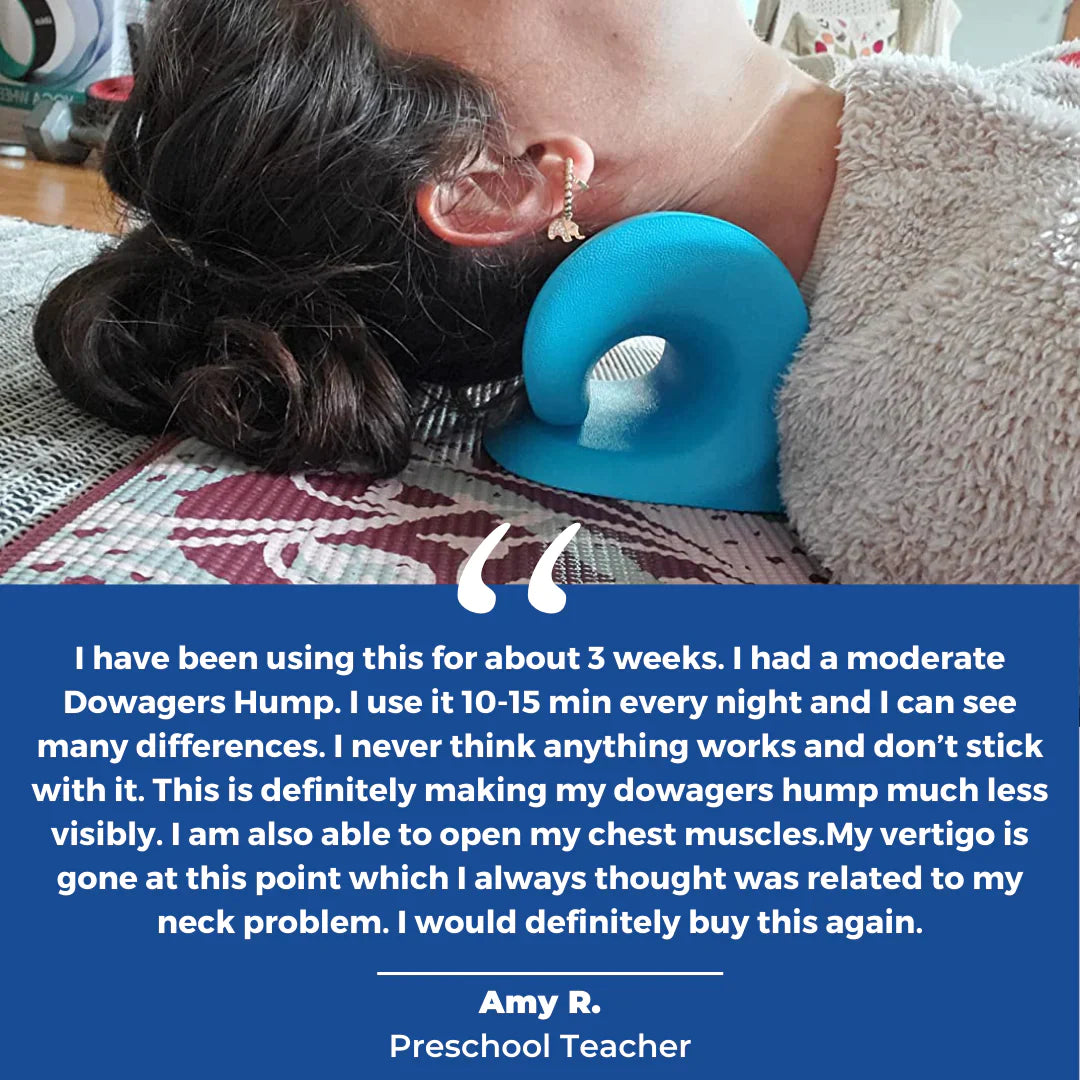Exactly How the Neck Cloud Can Aid With Persistent Neck Pain and Tightness
Exactly How the Neck Cloud Can Aid With Persistent Neck Pain and Tightness
Blog Article
Neck Pain in the Office: Determining Threat Elements and Applying Ergonomic Solutions
Neck discomfort in the office is a widespread concern that can affect employee well-being and productivity. By understanding the various risk elements contributing to neck discomfort and executing ergonomic services, companies can develop an extra helpful job atmosphere.
Typical Reasons of Neck Pain
Neck pain in the work environment is a common issue that can be attributed to several common reasons. In addition, recurring movements such as frequent bending, turning, or getting to can likewise contribute to neck pain over time.

Ergonomic Risk Variables
Poor functional designs in the workplace can dramatically add to neck discomfort among staff members. Elements such as inappropriate desk elevation, poor chair assistance, and awkward positioning of computer system monitors can all contribute in the development of neck discomfort. When staff members are forced to sit for extensive periods in settings that stress their neck muscles, it can cause rigidity, soreness, and also extra major bone and joint concerns in time.
In addition, inadequate ergonomic practices can lead to employees embracing awkward stances while working, such as craning their necks to see a computer screen or getting to annoyingly for a mouse or keyboard. neck cloud. These unnatural settings and repeated activities can put excessive tension on the neck and bordering muscles, causing discomfort and lowered productivity

Desk Configuration Recommendations
When establishing a workdesk in the workplace, it is necessary to pay focus to the functional designs of the atmosphere. To decrease the danger of neck pain and pain, there are numerous desk setup recommendations that workers ought to consider. First of all, ensure that the computer system monitor is placed at eye level to stop straining the neck by seeking out or down. The key-board and computer mouse need to be positioned at an elevation where the arm joints are curved at a 90-degree angle to promote appropriate wrist positioning. Furthermore, the chair height should permit the feet to relax level on the floor with thighs parallel to the ground.
It is additionally crucial to have sufficient lighting to lower eye stress, as squinting or leaning forward can bring about neck stress. Organize the workdesk design to keep frequently made use of products within arm's reach, restricting the requirement for repeated turning or getting to movements. By applying these workdesk setup referrals, workers can develop a much more ergonomic work area that supports neck health and wellness and decreases the threat of establishing Get More Info occupational neck pain.
Extending and Exercise Tips
Basic desk-friendly stretches can help minimize neck discomfort and prevent tightness. Neck rolls, shoulder shrugs, and mild side-to-side neck stretches are efficient in eliminating stress.
Establishing suggestions or making use of applications that trigger activity can assist develop a routine stretching routine. By prioritizing these activities, you can improve your physical well-being, reduce the threat of neck discomfort, and boost your general efficiency in the work environment.
Value of Normal Breaks
In a busy job atmosphere where demands can add to physical strains like neck discomfort, establishing a routine that stresses the significance of regular breaks is extremely important. By integrating short breaks right into the work routine, staff members can decrease the threat of establishing neck pain and enhance overall convenience and efficiency.
These breaks can additionally serve as an opportunity for workers to exercise leisure strategies or gentle neck stretches, even more promoting musculoskeletal health and wellness. Applying a society that values and focuses on regular breaks can have a significant impact on decreasing neck pain and enhancing total health in the workplace.
Conclusion
To conclude, attending to ergonomic threat variables and applying correct look at this site workstation setups are important in minimizing neck discomfort in the office. By advertising excellent stance, giving ample assistance, and motivating routine breaks and stretches, companies can produce a healthier and much more efficient work atmosphere for workers. Prioritizing employee well-being through ergonomic remedies is vital to avoid pain and enhancing general workplace complete satisfaction.
Neck pain in the office is a widespread problem that can impact worker well-being and performance. By determining and dealing with these common reasons of neck pain in the workplace, companies can take positive steps to create an extra ergonomic and more tips here comfortable job environment for their staff members.
Poor comfort designs in the work environment can substantially contribute to neck discomfort among employees. By applying these desk arrangement suggestions, employees can develop an extra ergonomic work area that sustains neck health and wellness and reduces the threat of establishing occupational neck pain.
Neck rolls, shoulder shrugs, and mild side-to-side neck stretches are reliable in easing stress.
Report this page